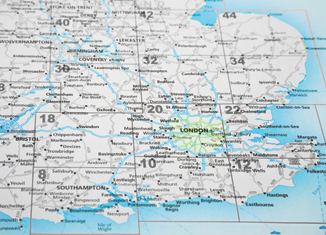According to recent figures from the Office for National Statistics (ONS) published in the Financial Times, migration away from London is at its highest recorded level. Further analysis of the ONS figures uncovers negative net migration to the city for every age group, save those in their twenties. The continuing squeeze on household finances coupled with a shortage of affordable housing has resulted in a growing number of Londoners looking further afield.
Improved transport links, affordable housing and a higher number of job opportunities in the regions have made it more appealing to engineer a move away from the capital.
In 2016-17, the government’s target of 300,000 new homes was missed by nearly 30%. While many regions outside London are surpassing their housebuilding quotas, London councils have consistently fallen short.
Commuter towns - can they cope?
In some areas, new housing has created more problems than it has solved. The London outflow has resulted in spikes of demand elsewhere, driving up prices and forcing locals to move out of town. Roads are becoming increasingly congested, while the rail network is struggling to cope with the surge in passenger numbers. This is leading to social tensions and pressure on already limited local resources.
The property industry is caught between a lack of space and spiralling prices in London, which is increasing building costs. Yet roads, railways, schools and other local services require massive investment. Amidst Brexit uncertainty, there seems to be neither the will nor the hard cash from local and national government to carry out this investment.




















